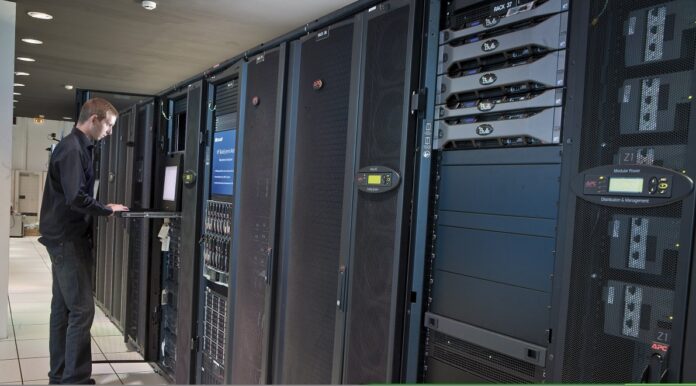The IT sector has a long history of being one of the most heavily regulated industries. From electrical and safety standards, to ensuring that equipment can be recycled, compliance with this constantly evolving regulatory landscape is a major challenge for data center operators. With the criticality of data centers clearly gaining attention in recent headlines, and as discussions around how to address the current climate crisis are ongoing, ESGs and government sustainability regulations are more and more becoming top priorities across the IT industry.
Today, data centers represent 1-2% of total global electricity consumption. While an acceleration in digital transformation and automation continues all around us, it requires more IT compute capacity and more data centers, which has drawn the attention of environmental groups and consumers concerned about climate change. The resource consumption and carbon footprint of data centers has also attracted the attention of government and climate “watchdog” organizations. Lawmakers are increasingly acting to curb the environmental impact of data centers through regulation.
“With rapid acceleration to a more automated and more digital world, efficient and reliable data centers are at the heart of the green future. As our lives are increasingly online and our digital footprint expands, so too will the need for green data centers. Proactively building green data centers in accordance with government regulations will become critical to ensuring that the carbon footprint from data centers doesn’t increase. Companies that don’t comply with these regulations face revocation of their license to operate,” emphasized Tony Kang, business vice-president for secure power at Schneider Electric Philippines.
As data center operators try to navigate the evolving regulations from different governmental agencies, while keeping up with an increase in demand of our digital-first world, Schneider Electric has established a clear framework for how data centers can achieve a holistic environmental sustainability approach.
Set a bold actionable strategy
“Use a data-driven consultation approach to help you create an actionable strategy and reach your climate and sustainability ambitions. Ensure you are leveraging data for optimization, analytics, and reporting. Today’s organizations are recognizing that improved sustainability performance contributes to improved financial performance, and investors have taken notice as well,” explained Kang.
While government regulations set the minimum bar for sustainability compliance within data centers, industry pioneers are pushing the boundaries of their sustainability goals with climate commitments becoming increasingly expected by employees, customers, and investors alike.
“For example, while a goal of carbon neutrality was once a differentiator, Schneider Electric now recognizes the potential to have even greater impact with carbon negative operations,” added Kang.
Implement efficient data center designs
Utilize an architectural approach to create customized, efficient, repeatable, serviceable, vendor-agnostic data center designs, keeping in mind compliance, transparency, and higher environmental performance of products.
Drive efficiency in operations with software and digital services to enable remote monitoring capabilities
Optimize the lifespan and efficiency of systems by defining a clear strategy for maintenance and modernization to optimize the lifespan inclusive of recycling services for end-of-life products to ensure circular economy best practices.
Buy renewable energy
Explore a custom renewable procurement strategy that includes: microgrids, purchase power agreements, virtual power purchase agreements, energy-as-a-service, and energy attribute certificates.
Decarbonize supply chains
Evaluate the company’s Scope 3 footprint, identify, and execute strategies to meet decarbonization objectives, utilize digital performance tracking and reporting for your decarbonization program.
“Scope 3 emissions include emissions that are upstream or downstream of a company’s activities. Some of the largest companies worldwide are already making commitments to reduce Scope 3 emissions on an absolute basis,” explained Kang.
Sustainable business practices are on track to becoming standard business, and some may argue they already are. Aside from being the best path towards addressing the most pressing issue of our time, they’re often the best solution from a business standpoint.
“Data center operators should welcome the government’s push for cleaner and greener operations. Schneider Electric can help leverage this into an opportunity to embrace a greener future and push the boundaries of their sustainability commitments,” stated Kang.
